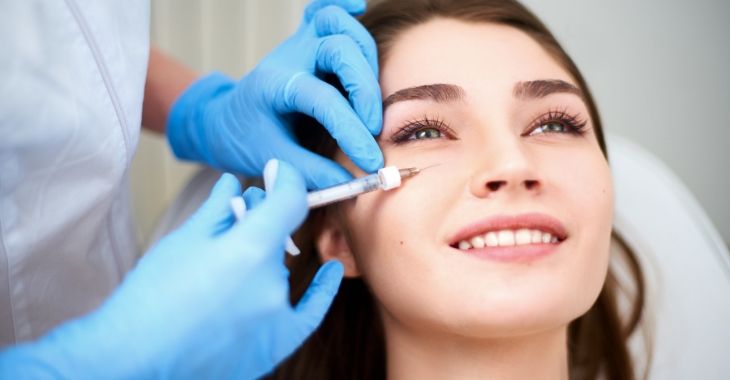Does a Torn Ear Lobe Require Surgery?

Ear lobes are often used as a decorative feature, adorning beautiful jewelry and enhancing appearance. However, when they become torn or disfigured, they can become a distraction and an embarrassment. Ear lobes, especially those that have been pierced, can be easily torn, creating a split lobe that is no longer attractive. When this occurs, a plastic surgeon can repair the lobe, often without the need for surgery.
Causes of Torn Ear Lobes
Most often, the cause of a torn ear lobe starts with a piercing. The tiny hole through the lobe that holds the earring in place is the starting point. In some cases, this hole can enlarge and stretch over time until there is very little cartilage left at the bottom of the lobe. Even if the lobe does not tear, it may look disfigured due to the stretched hole in the lobe.
When an ear lobe completely tears, usually it is due to an earring that is caught or pulled through the lobe. This can happen during an accident; dangling earrings can catch on an object, ripping through the lobe.
Repairing a Torn Ear Lobe
When an ear lobe is torn in half, it needs to be surgically repaired – it is unlikely the pieces will grow back together on their own. However, this does not usually require major surgery. Plastic surgeons can stitch the lobe together during an outpatient clinic visit. While any doctor can sew the lobe, a plastic surgeon has the expertise to shape and position the lobe to achieve a more natural appearance as it heals.
If you have a torn ear lobe, contact a local plastic surgeon to schedule an exam. Most ear lobes can be repaired in a quick, outpatient procedure to improve the appearance.
Posted on behalf of:
Atlanta Plastic Surgery Specialists, P.C.
2001 Peachtree Road #630
Atlanta, GA 30309
(404) 355-3566
The information provided on this website, including text, graphics, images, and other materials, is intended solely for informational purposes and should not be used as a substitute for professional medical advice, diagnosis, or treatment.

)